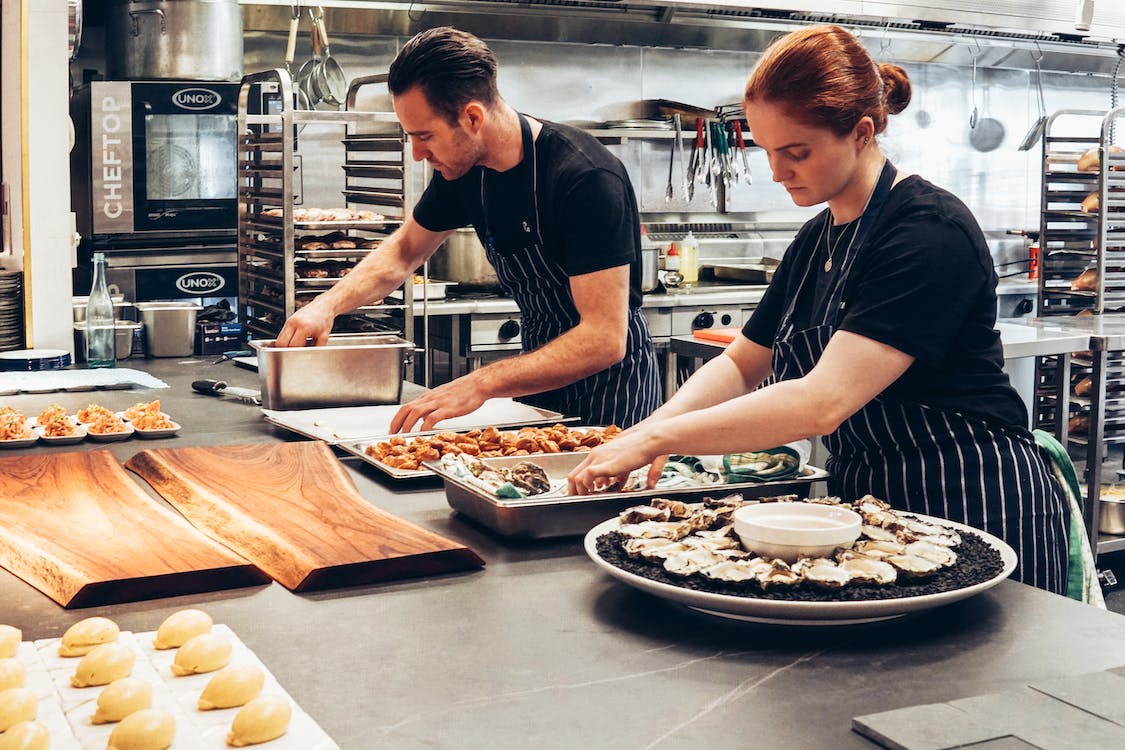
The Key Components of Restaurant Kitchen Management System
Introduction to Restaurants Kitchen Management System
As we know, the kitchen is considered the heart of any restaurant and its precision and efficiency are the paramounts of the restaurant industry. The kitchen is the place where magic happens to bring you profit. So, to make this magic happen more efficiently, a restaurant kitchen management system is necessary. If your kitchen is not working correctly, your restaurant will not bring you any benefits. In this blog, you will learn the ways to revolutionize your restaurant kitchen management system.
1- Kitchen Display System
The Kitchen Display System KDS is the central component of RKMS. In this system, orders are directly displayed to the kitchen staff, orders are placed speedily, and the risk of miscommunication is reduced. The chefs can also mark the order complete when it’s ready to serve. So, there is an efficient flow in the kitchen.
2- Inventory Management
This is the biggest challenge faced by kitchen management but with the help of a restaurant kitchen management system, you can streamline this process. You can check the ingredient stock level to prevent last-minute stockouts. You can also track your inventory and also can predict future ingredient needs. This prevents food wastage and improves the overall performance.
3- Order Management
Order management is very much necessary whether you are dining in or out for delivery. RKMS helps streamline order processes by managing everything online. This reduces the chances of errors and expedites order preparations. This leads to faster service and happy customers.
4- Recipe Standardisation
With the help of RKMS, you can ensure that the recipe of every dish is the same as every time it gets prepared. Because consistency is the hallmark of any successful restaurant. So, it is better to standardize the recipes to maintain uniformity across multiple locations.
5- Staff Management
The kitchen staff schedule should be scheduled to avoid any understaffing or overstaffing during peak hours. The restaurant kitchen management system will help you create this optimized schedule. With the help of this, you can assign tasks to the staff members according to their skills.
6- Temperature Management
RKMS also includes temperature monitoring sensors that ensure food is cooked and stored at a safe temperature to avoid contamination. It also makes you alert if the temperature is not optimum to avoid food-borne illnesses.
7- Waste Management
The restaurant kitchen management system also keeps a record of wastage by recording discarded food, dishes, or ingredients. It helps in reducing wastage because it is also environmentally responsible and beneficial for financial stability. They also track the areas for food wastage and try to avoid unnecessary wastage.
8- Cost Control
This is ultimately that by using RKMS you can reduce the cost. This system reduces waste, optimizes inventory, improves overall efficiency, and thus provides more benefits. Thus, the overall profit increases.
9- Reporting and Analytics
RKMS provides reports and analytics of kitchen operations so you can make decisions wisely. It gives you the details of sales trends, customer preferences, and inventory turnovers. Keeping in view all this information, the owner can make wise decisions to optimize the operations.
Conclusion
Concluding, the Restaurant kitchen management system is a game changer for restaurant operations. It is not just a tool, it increases the overall efficiency of the restaurant and makes it customer-friendly. So, investing in RKMS is a crucial step towards business success.
